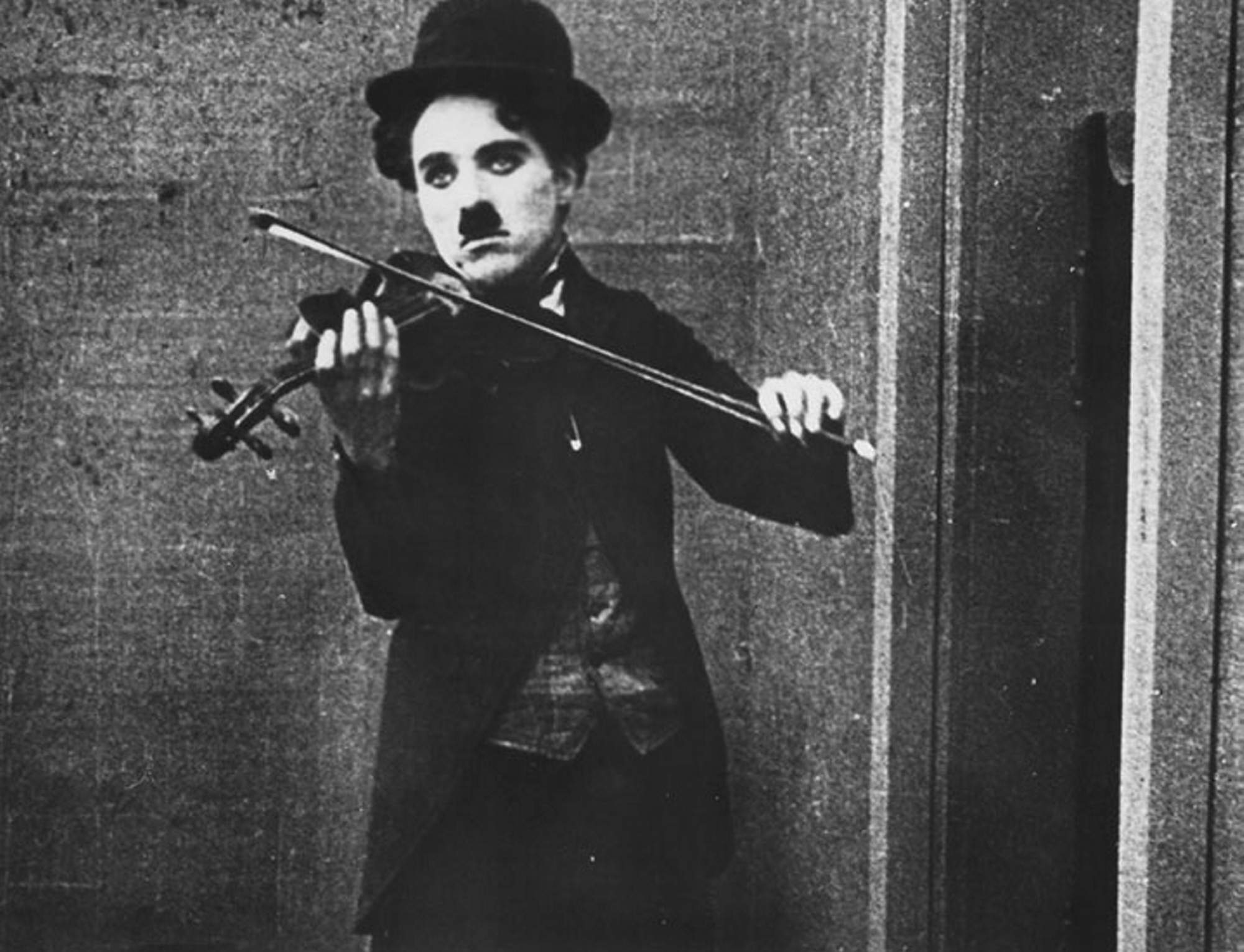News
The (Musical) Estate of Charlie Chaplin – An overview of how his estate is structured and what role the music plays in it

On April 10th 1972 the President of the Academy of Motion Picture Arts and Sciences, Daniel Taradash, declared “Chaplin made more people laugh than anyone in history, yet always just beneath the hilarity [are] the fears and sorrows of everyman. The world respond[s] not only to the wondrous humor of the little tramp, but also to the love and indomitability he represents, to Chaplin’s soaring theme, that man’s humanity to man is greater than his inhumanity. Chaplin has become more than a name, it’s a word in the vocabulary of films. And anyone who has ever seen a movie is in his debt.”
Those words could have been spoken in 2019, which marks the 130th anniversary of Chaplin’s birth. Charlie Chaplin’s hat, moustache and cane are still synonymous with, and used worldwide to illustrate, film, cinema, comedy. People still respond to the Tramp’s indomitability. Chaplin films are screened in concert halls with symphony orchestras, but also in refugee camps. Photographs and clips from Modern Times are regularly requested to illustrate the working and living conditions of today. Extracts from the final speech of The Great Dictator are in constant demand in the current political climate.
Charlie Chaplin’s important presence today is, of course, due to the quality and timelessness of his work. But Chaplin who was an author, composer, actor, filmmaker, and producer at the same time was also a brilliant businessman who understood the importance of concentrating most of his rights under his own roof – a crucial factor to foster his today’s presence around the world.
Legally, the Chaplin rights are owned by three different entities: Roy Export S.A.S., Roy Export Co. Ltd, and Bubbles Incorporated S.A. Roy Export S.A.S. owns the copyrights and distribution rights to all films made by Chaplin from 1918 onwards such as The Kid, The Gold Rush, City Lights, The Circus, Modern Times, The Great Dictator, and Limelight (except A Countess from Hong Kong). Roy Export Co. Ltd owns the Chaplin archives, and also many rights concerning the film music Chaplin composed. Bubbles Incorporated S.A. owns rights with respect to Charlie Chaplin and his Little Tramp character, including the right to grant commercial use of his name, nickname, im age, likenesses, and photographs.
The morals rights relating to Chaplin’s work and image and held by the heirs of Chaplin.
The Chaplin Office in Paris, under the guidance of Kate Guyonvarch (who will be a speaker at the inaugural conference of the ZKN), serves as agent to those entities and manages the Chaplin rights for them. However, all decisions of major importance are taken by six out of Charlie and Oona Chaplin’s eight children personally.
Regarding Chaplin’s musical estate, the most recent event to mention is an exhibition at the Philharmonie de Paris: Chaplin l’Homme Orchestre. It celebrates Chaplin’s musical talents and reminds us how music shaped his oeuvre, and how the music Chaplin composed until the end of his life is a testament to his love for work, and for life. A reduced version of the exhibition will go to Chaplin’s World in Vevey in 2020.
Screenings of Charlie Chaplin’s films with live orchestra have been produced worldwide since 1989, and continue to resist the advent to concert halls of recent blockbuster films with live orchestral accompaniment. An autumn 2019 release of the first ever set of complete Chaplin soundtracks, many of which were composed in Switzerland, from record label [PIAS] in collaboration with the Chaplin Office follows the double CD and vinyl anthologies of selected Chaplin music released earlier in the year.
14. November 2019